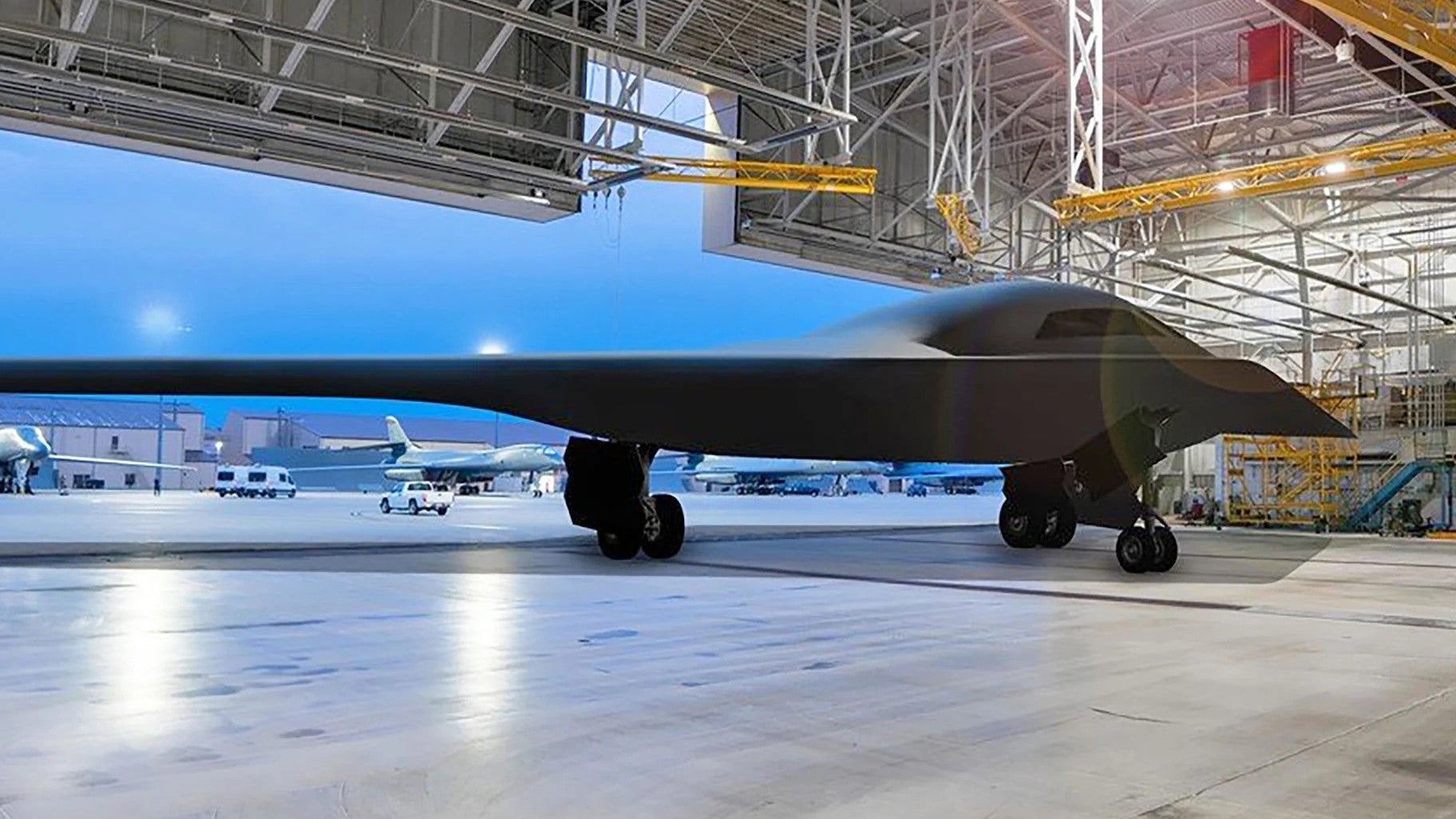The modernization of the U.S. Air Force’s bomber branch is gathering pace, with the news that the first two examples of the so-far highly secretive Northrop Grumman B-21 Raider stealth bomber have been completed. As the service prepares to start testing the two new flying-wing bombers, it has also confirmed that it has no plans to retire additional examples of its aging B-1Bs until deliveries of the Raider begin, scheduled for some time in the mid-2020s, at the earliest. That reflects wider concerns in the service about whether it actually has enough bombers in its current fleet to deal with the kinds of high-end threats that it could face today.
Update: After this story was published, the Air Force corrected the remarks that Darlene Costello, the Air Force’s Assistant Secretary of the Air Force for Acquisition, Technology & Logistics, had made at the hearing on June 8 regarding the status of the two B-21 Raider stealth bomber prototypes now under construction. Contrary to Costello’s earlier comments, the service says that the two aircraft remain “in production.”
The latest progress updates on the B-21 program, and the bomber force at large, came during a House Armed Services Committee hearing yesterday, during which Darlene Costello, the Air Force’s Assistant Secretary of the Air Force for Acquisition, Technology & Logistics, revealed that the first two B-21s have now been completed at Plant 42 in Palmdale, California. A first flight was originally planned for December of this year, though there have long been concerns that this could get pushed back and earlier this year it was confirmed the Air Force now expects the rollout of the aircraft in early 2022. It would then make its first flight in the middle of the same year. In the meantime, the Air Force has not said what exactly it will be doing with the two brand-new B-21s, but there will surely be extensive ground tests as well as simulations.
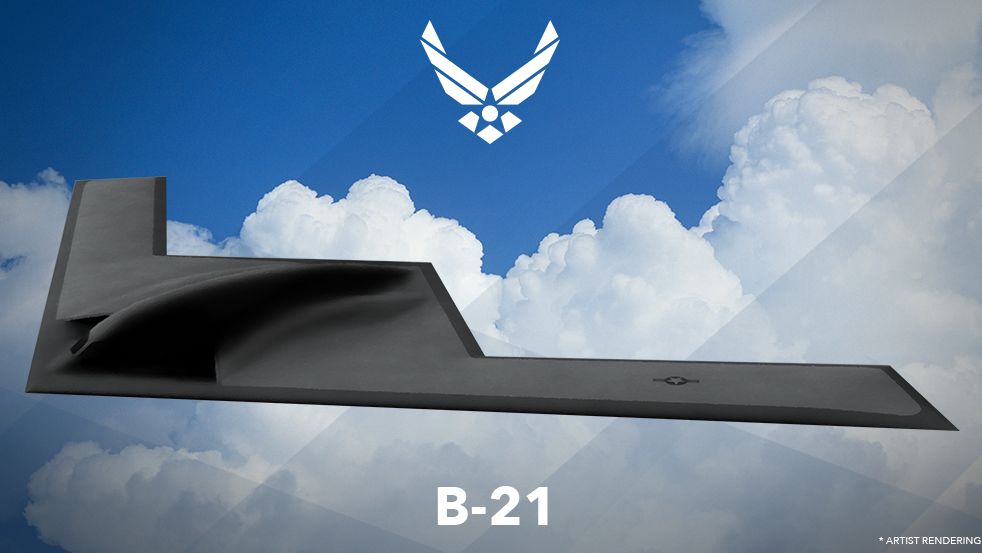
It seems clear, however, that there are real concerns the pace of the B-21 program could end up frustrating the Air Force’s plans to field a future force of 225 bombers, made up exclusively of the B-21, plus Cold War-era B-52s that will be significantly upgraded. The current fleet comprises 20 B-2s, 61 B-1s, and 76 B-52s — a total of 157 aircraft, although not all of these are available at any given time. The B-1 force will soon be reduced to 45 examples, bringing the total to 142 airframes.
Lieutenant General David S. Nahom, the Air Force’s Deputy Chief of Staff for Plans and Programs, confirmed the planned figure of 225 bombers to the panel. With all B-1s and B-2 Spirit stealth bombers to be retired, simple arithmetic would provide a force comprising the 76 B-52s that are in service today, plus 149 B-21s. It’s important to remember, however, that this last figure has not been confirmed and it also presumes that the B-52 fleet size remains unchanged.
That last figure is more or less in line with the 145 B-21s that Frank Kendall, President Joe Biden’s nominee to become the next Secretary of the Air Force, recently outlined as the minimum required for the service. Prior to that, the Air Force had only said it anticipated building at least 100 B-21s.
“We can’t get the B-21 fast enough,” Lieutenant General S. Clinton Hinote, the service’s Deputy Chief of Staff for Strategy, Integration, and Requirements, Headquarters, told the panel. “The risk in the bomber portfolio is high,” he continued. “We’ve got to do better. We’ve got to accelerate the B-21 capability as quickly as we can.”
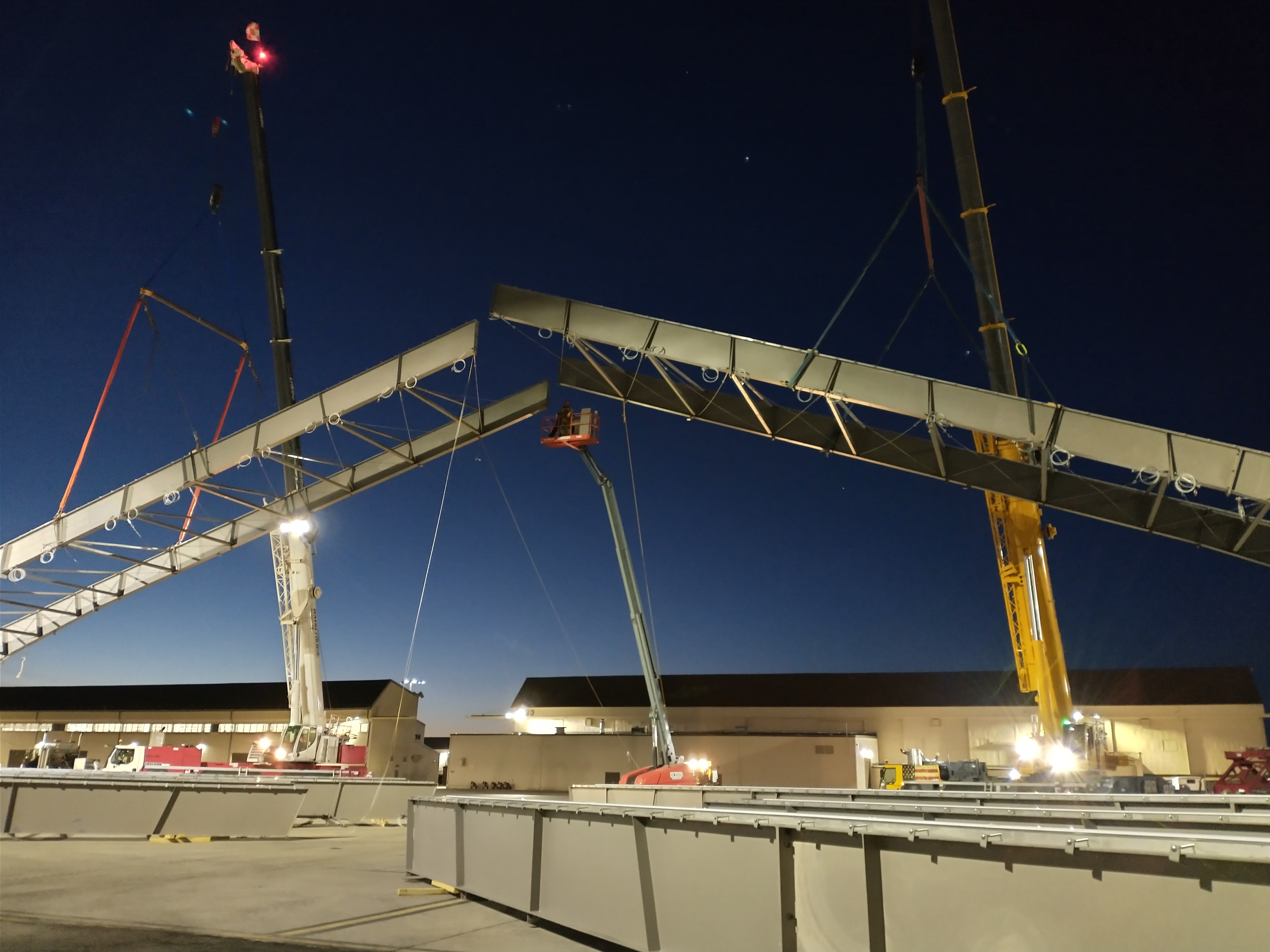
In its recent budget request for the 2022 Fiscal Year, the Air Force asked for $2.873 billion for continued work on the B-21, adding an extra $30 million compared to the 2021 Fiscal Year request, which it says is needed “to prepare for initial production” of the bombers.
After testing at Edwards Air Force Base, California, the first operational B-21s are scheduled to enter service at Ellsworth Air Force Base in South Dakota. That initial operating location will be followed by Whiteman Air Force Base in Missouri, currently the home of the B-2s, as well as Dyess Air Force Base in Texas, which currently hosts B-1s.
The Air Force is currently in the process of retiring from service 17 of the most worn-out B-1s as it reduces its Lancer force to 45 aircraft, pending the arrival of the Raider. This number, according to Nahom, will not be further reduced until B-21s become available as direct replacements. “We have no intention of going below 45, because the combatant commanders need that firepower in the next five, seven, 10 years, until the B-21s start showing up in the numbers we need them,” Nahom declared. That would seem to put an end to persistent efforts to divest further B-1s, the entire fleet of which was recently grounded due to a problem with the fuel system.

Heavy combat usage in Afghanistan and the Middle East in recent years has taken a toll on the B-1 fleet and Himote admitted that the cost of operating those 17 B-1s that are being removed from the inventory outweighed any benefit they provided the Air Force.
Once the B-1 fleet has been reduced to 45 aircraft, its availability should improve, Nahom said, since the most maintenance-intensive aircraft will have been removed. As well as improvements to serviceability, these last B-1Bs will also see out their final years of service with some significant advances in terms of weapons, with plans to add new hypersonic missiles and other ordnance carried on a number of external pylons, as well as a new focus on anti-ship missions.
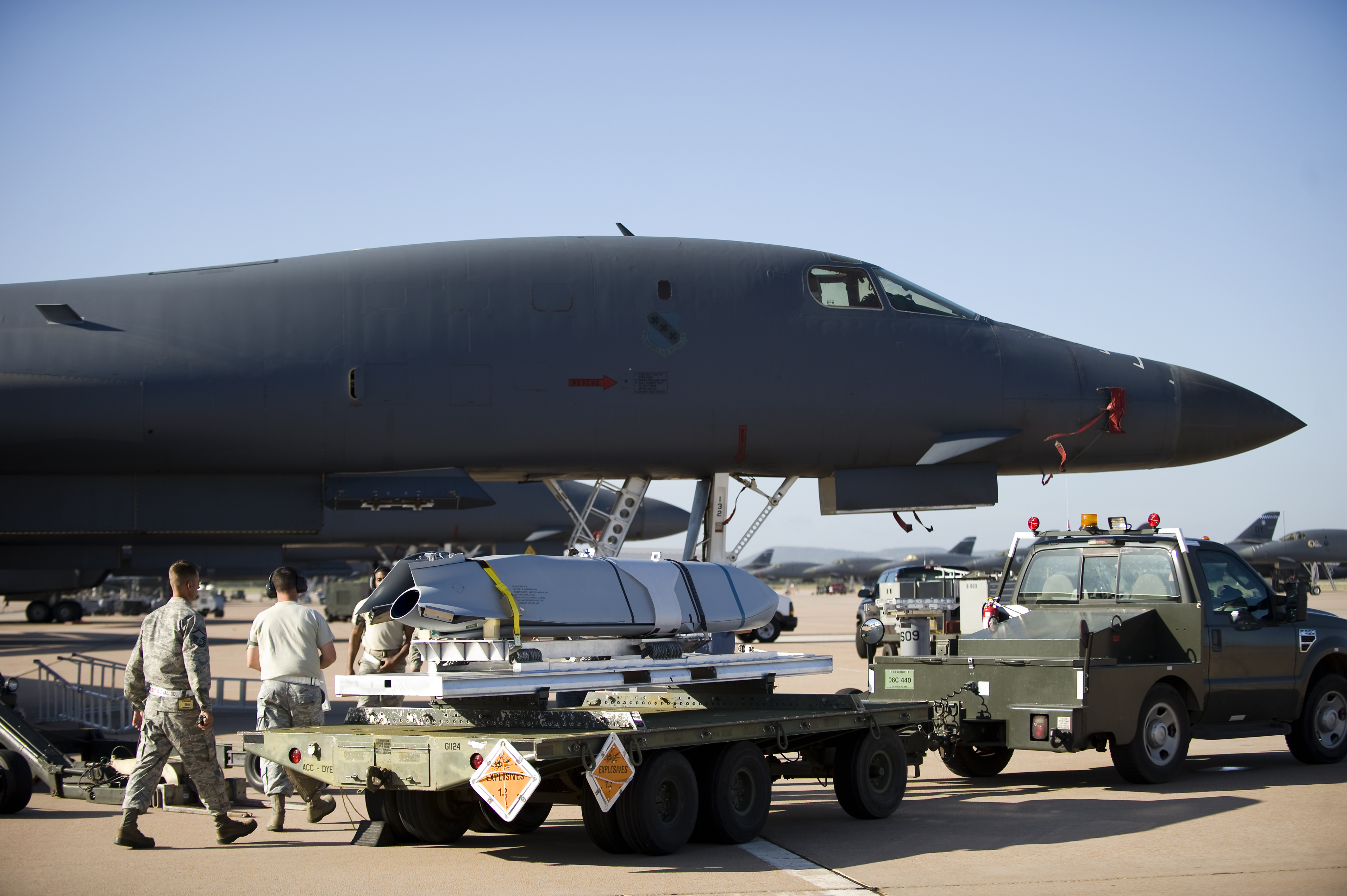
These wider plans, of course, are dependent on the B-21 schedule and officials are intent on bringing the new bomber into service without relying upon the concurrency that has plagued the F-35 Joint Strike Fighter program. Concurrency means putting something into production before it’s been fully tested, and Costello said it wasn’t part of the plan for the Raider. There remains the possibility, of course, that some changes might have to be made to the B-21 in light of testing, which presents another risk of delay in the program.

Only once B-21s are in service will that decision be taken to potentially ramp up production more quickly to meet the demands of Air Force commanders, Costello said. The benefits for the wider Air Force could be significant, too, with the B-21 program understood to be also leveraging work on other, smaller designs, including the RQ-180, an important drone project we discussed in detail in this article.
Until the B-21 is finally unveiled, many aspects of the aircraft itself remain a mystery, and Air Force officials have been tight-lipped about its exact capabilities. For instance, we don’t yet know if all the aircraft will be nuclear-capable. Currently, all B-2s can carry nuclear weapons, none of the B-1s can, and dozens of the B-52s have had their nuclear capability removed. This factor becomes more important when we consider that the New START (Strategic Arms Reduction Treaty) imposes limits on the number of certain nuclear weapons delivery systems, including heavy bombers, that the United States and Russian can have. However, this treaty will no longer be valid as of 2026 and it’s not clear what will happen after that.
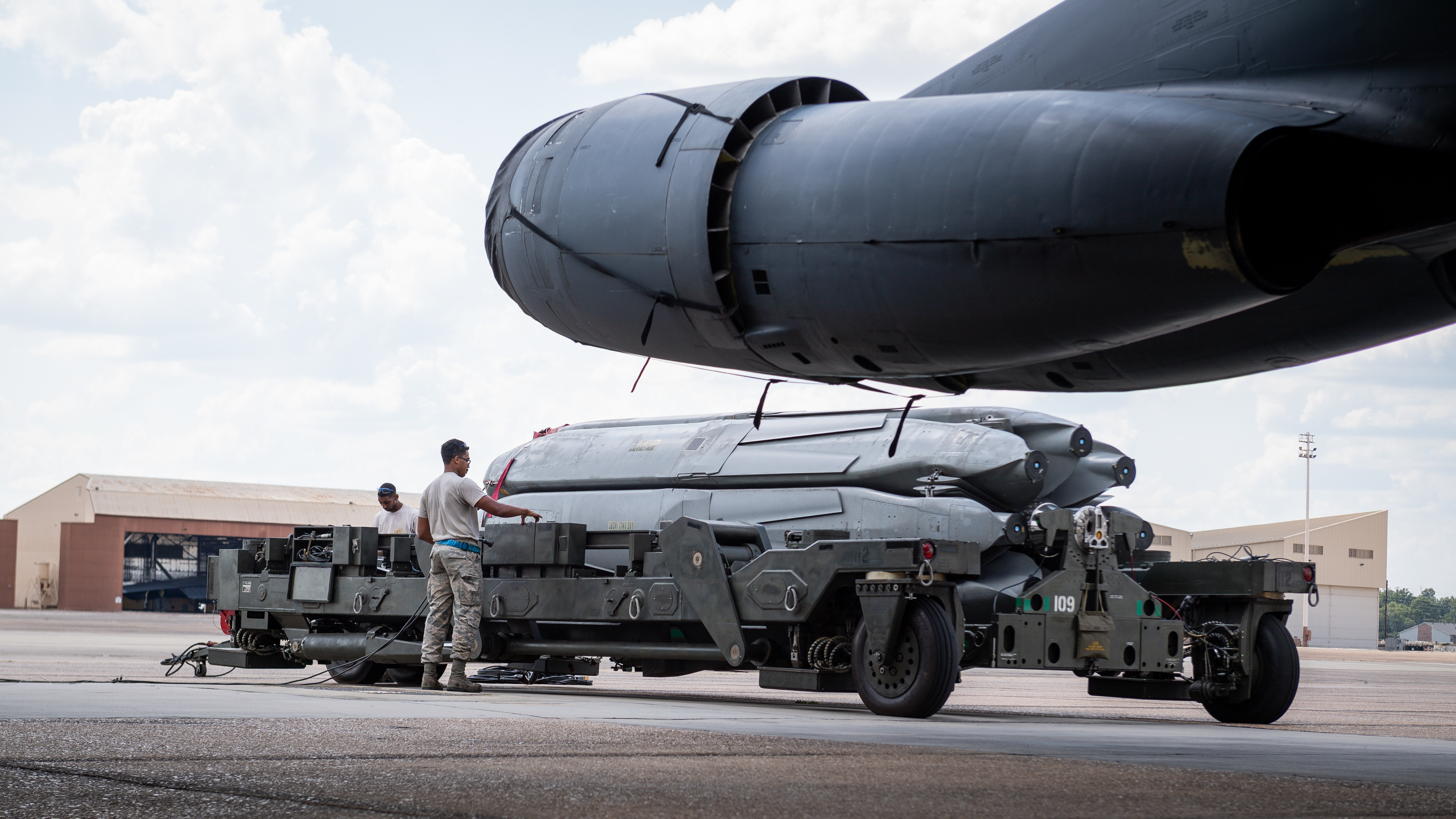
Whatever types of weapons they will end up carrying, the B-21 is set to provide a step-change in capability for the Air Force, which now looks likely to overhaul its ability to penetrate highly contested airspace by trading 20 B-2s for close to 150 B-21s, which will also replace the hard-worked B-1s, too. In the meantime, however, the service is going to have to make do with a bomber force that is significantly smaller than that which its officials say they need.
Contact the author: thomas@thedrive.com
